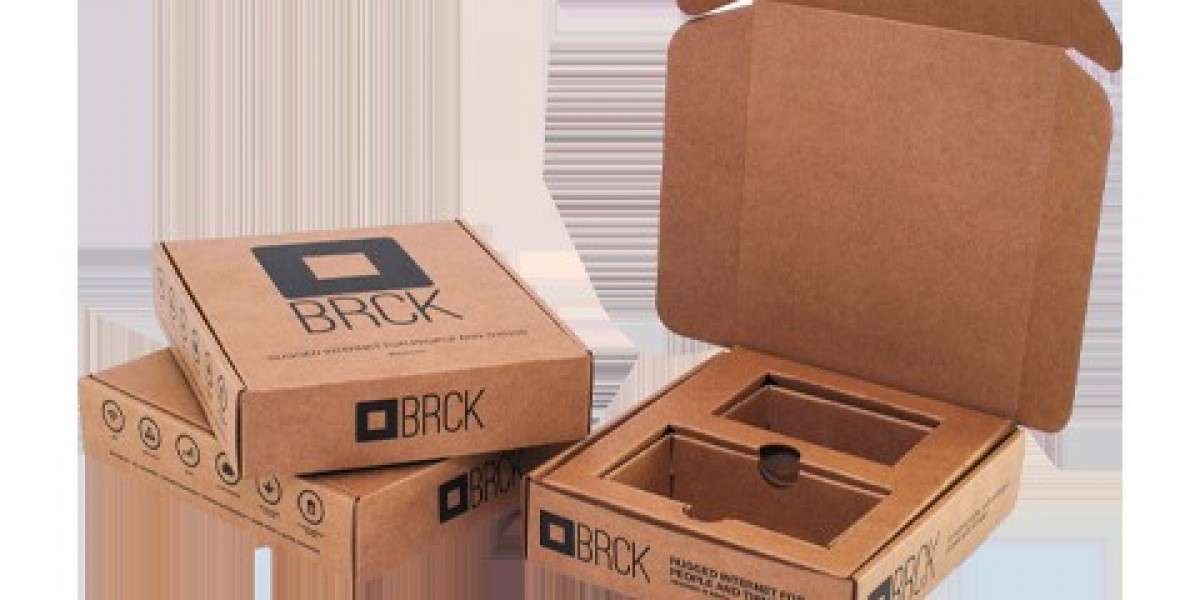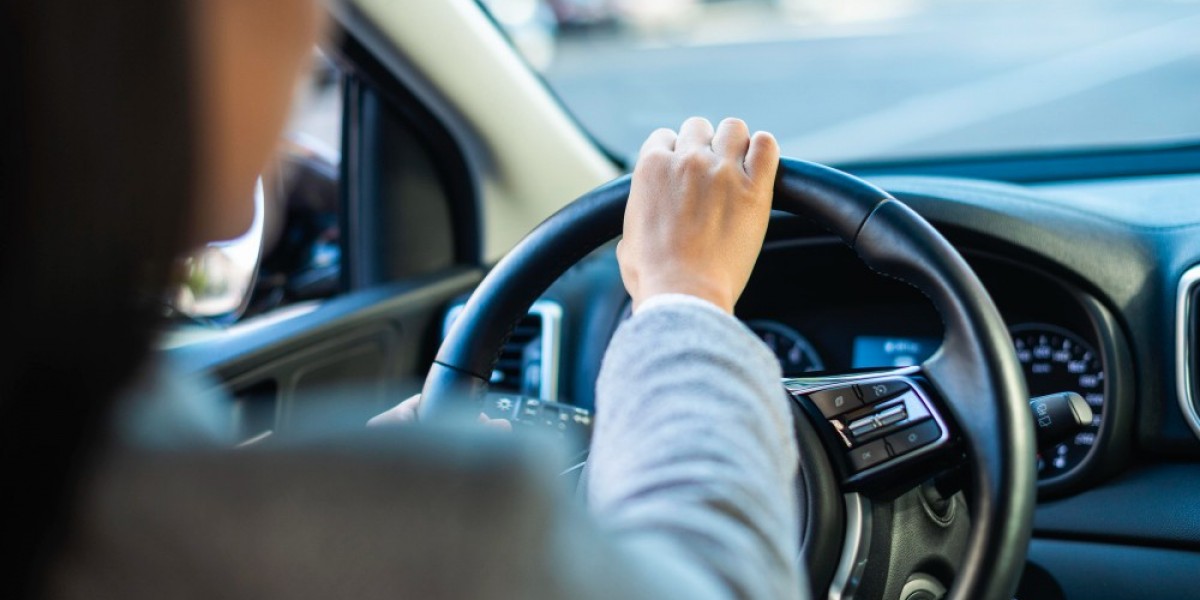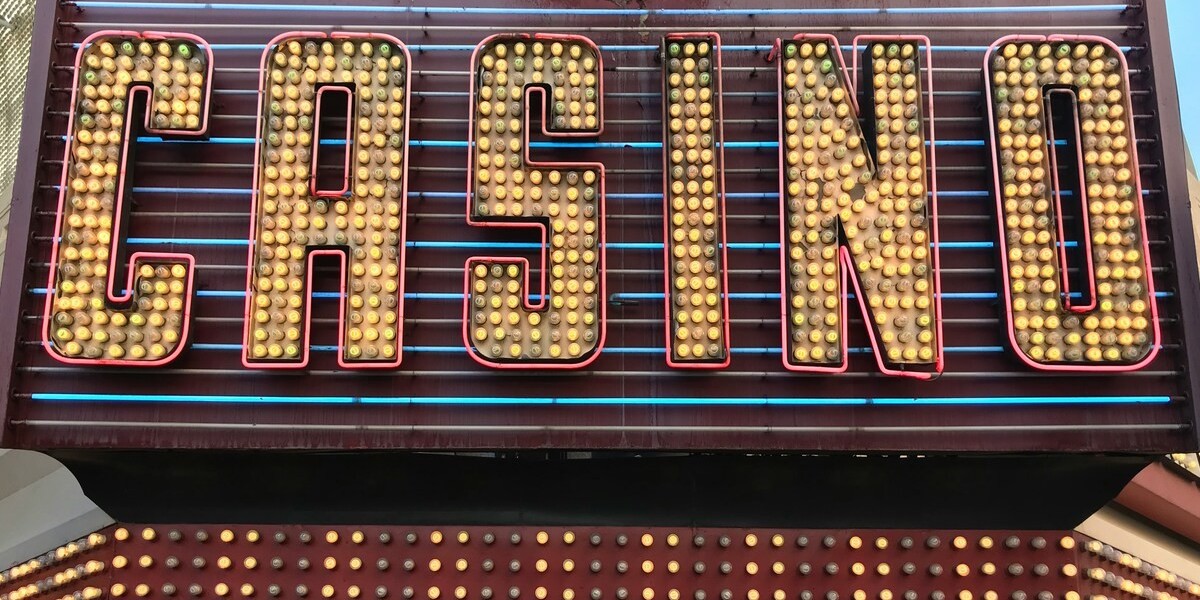Waterproof cardboard is a specialized type of cardboard that has been treated or coated to resist water penetration , making it ideal for environments where moisture, humidity, or liquid exposure are concerns. Unlike standard cardboard, which deteriorates quickly when wet, waterproof variants maintain their structural integrity, durability, and performance even under damp or wet conditions.
This water-resistant material is rapidly gaining popularity in packaging, shipping, agriculture, construction, and outdoor signage , as businesses and manufacturers seek more sustainable, reliable, and cost-effective solutions .
Why Choose Waterproof Cardboard?
Waterproof cardboard provides essential protection for products in transit, especially when exposed to:
Rain or snow during outdoor delivery
Cold chain supply logistics (for food or pharmaceuticals)
High-humidity storage conditions
Wet environments such as produce packing houses or construction sites
Its main benefits include:
✅ Water resistance and barrier protection
✅ High strength-to-weight ratio
✅ Eco-friendliness compared to plastic
✅ Customizability for branding or structure
✅ Recyclability and compostability (depending on coating type)
How Is Cardboard Made Waterproof?
1. Wax Coating
Waxed cardboard is one of the oldest and most common waterproof solutions. It involves applying a paraffin or polyethylene wax coating to the surface, which creates a non-permeable barrier .
Used in : Produce boxes, frozen food packaging, floral boxes
Pros : Economical, food-safe
Cons : Difficult to recycle; limited reusability
2. Polyethylene (PE) Lamination
A thin plastic film (often LDPE ) is bonded to the cardboard surface using heat or adhesives.
Used in : Beverage packaging, outdoor displays
Pros : High moisture resistance
Cons : Requires specialized recycling facilities
3.Polymer or Acrylic Coatings
Some waterproof cardboard is treated with water-based polymer coatings , including acrylic or polyurethane . These coatings offer a semi-gloss finish and excellent water resistance without compromising recyclability (in some cases).
Used in : Industrial packaging, high-end consumer boxes
Pros : Strong protection with recyclable options
Cons : May be more expensive than wax
4. Nano Coatings and Green Technologies
The latest innovations use plant-based resins , biodegradable polymers , or nano-layered barriers to make cardboard waterproof without using synthetic plastics.
Used in : Sustainable packaging, food-safe containers
Pros : Eco-friendly, compostable
Cons : Higher upfront cost, but long-term sustainability
Applications of Waterproof Cardboard
1. Food and Beverage Industry
Waterproof cardboard is widely used for:
Frozen or refrigerated goods
Seafood and meat packaging
Takeout containers and delivery boxes
Produce cartons for agriculture
It prevents leaks, resists sogginess, and complies with food safety standards.
2. E-Commerce and Shipping
For brands shipping electronics, perishables, books, or beauty products , waterproof cardboard offers peace of mind by:
Preventing water damage during delivery
Withstanding rain and handling at shipping facilities
Enhancing unboxing experience with high-quality packaging
3. Outdoor Signage and Displays
Corrugated plastic alternatives can be expensive. Waterproof cardboard serves as a cost-effective solution for temporary outdoor use , such as:
Yard signs
Real estate signs
Event signage
Street marketing displays
4.Industrial and Construction Use
On construction sites or in manufacturing warehouses, waterproof cardboard can serve as:
Protective floor covering
Moisture barrier for tools and materials
Temporary walls or partitions
5. Eco-Friendly Promotional Packaging
Brands focused on sustainability are turning to biodegradable waterproof cardboard for:
Subscription box packaging
Luxury candle or cosmetics boxes
Reusable branded containers
Advantages Over Plastic Alternatives
While plastic is inherently waterproof, waterproof cardboard offers numerous environmental and functional benefits :
| Feature | Waterproof Cardboard | Plastic Packaging |
|---|---|---|
| Eco-Friendly | ♻️ Yes (varies by coating) | ❌ Often not recyclable |
| Biodegradable | ✅ In some variants | ❌ No |
| Lightweight | ✅ Yes | ✅ Yes |
| Printable/Brandable | ✅ Easy to customize | ⚠️ Requires special inks |
| Cost-Effective | ✅ Especially in bulk | ⚠️ Can be more expensive |
Customization and Design Options
Waterproof cardboard boxes are highly customizable to meet both aesthetic and functional goals :
Printing options : CMYK, spot UV, foil stamping
Structural designs : Tuck end, mailer, gable, sleeve, or die-cut
Sizes and thicknesses : From small retail cartons to large export boxes
Inserts and dividers : For delicate or multiple items
Branding elements : Embossed logos, inner printing, window cutouts
Recycling and Sustainability Considerations
Is Waterproof Cardboard Recyclable?
It depends on the type of waterproofing :
✅ Water-based and biodegradable coatings : Recyclable and compostable
⚠️ Wax-coated and PE-laminated : Often not recyclable in regular streams
To enhance sustainability:
Choose green coating technologies
Clearly labeled disposal instructions
Encourage consumers to reuse or upcycle
Where to Buy Waterproof Cardboard Products
You can find waterproof cardboard sheets or boxes from:
Wholesale packaging suppliers
Sustainable packaging manufacturers
E-commerce packaging providers
Custom box printing services
Look for suppliers that offer:
Low MOQ (Minimum Order Quantity)
Custom sizes and printing
Food-grade certification
Eco-conscious materials
Conclusion:
Waterproof cardboard is transforming the way brands approach sustainable, protective, and presentable packaging . Its applications extend far beyond just boxes—it's being used in construction, agriculture, events, and logistics.
With growing concerns about plastic waste and environmental impact , businesses that adopt eco-friendly waterproof solutions today are not only protecting their products—but also protecting the planet.
Whether you're shipping gourmet food, printing signage, or crafting a retail experience, custom product packaging provides the strength of tradition with the innovation of sustainability .































